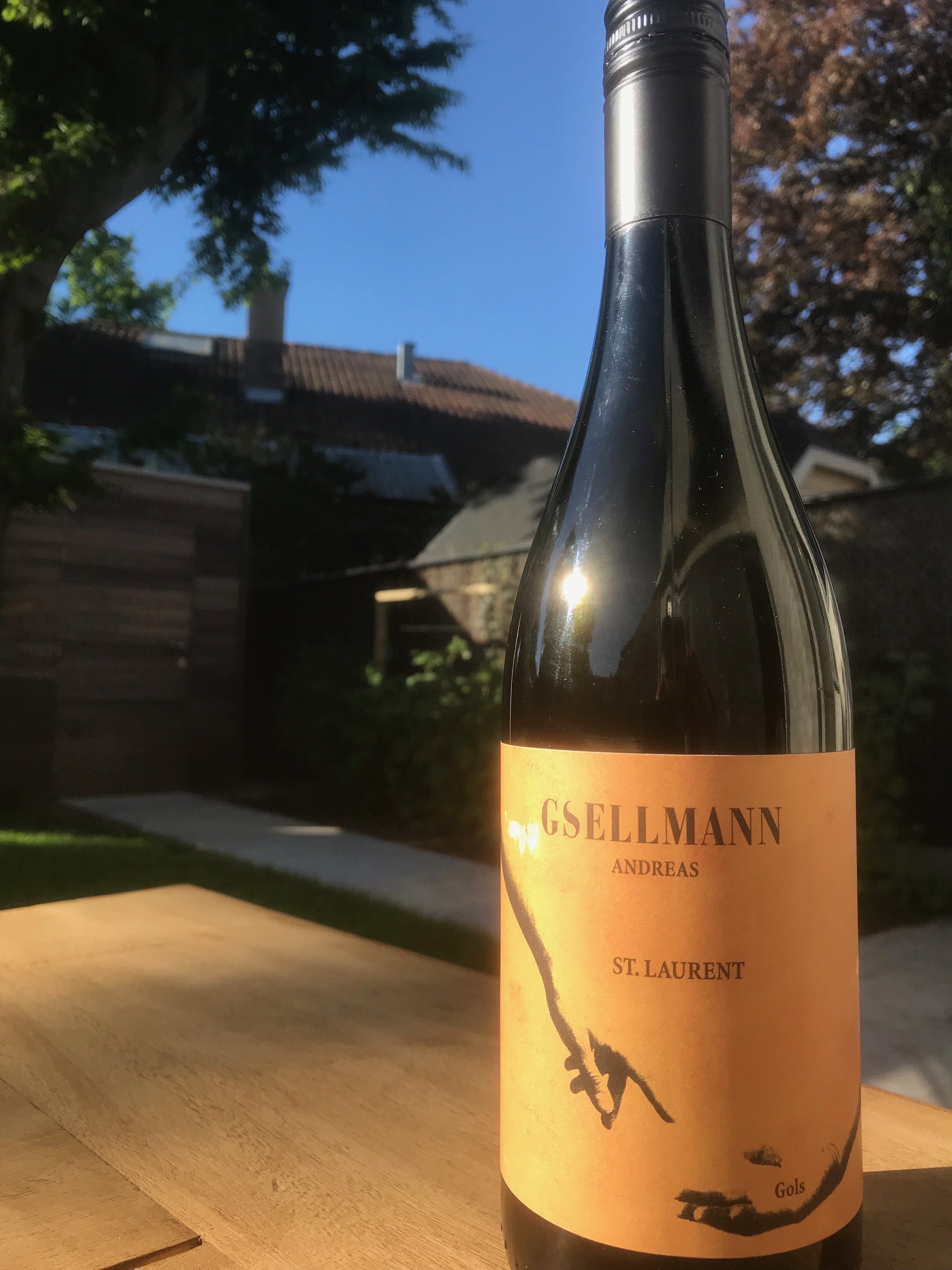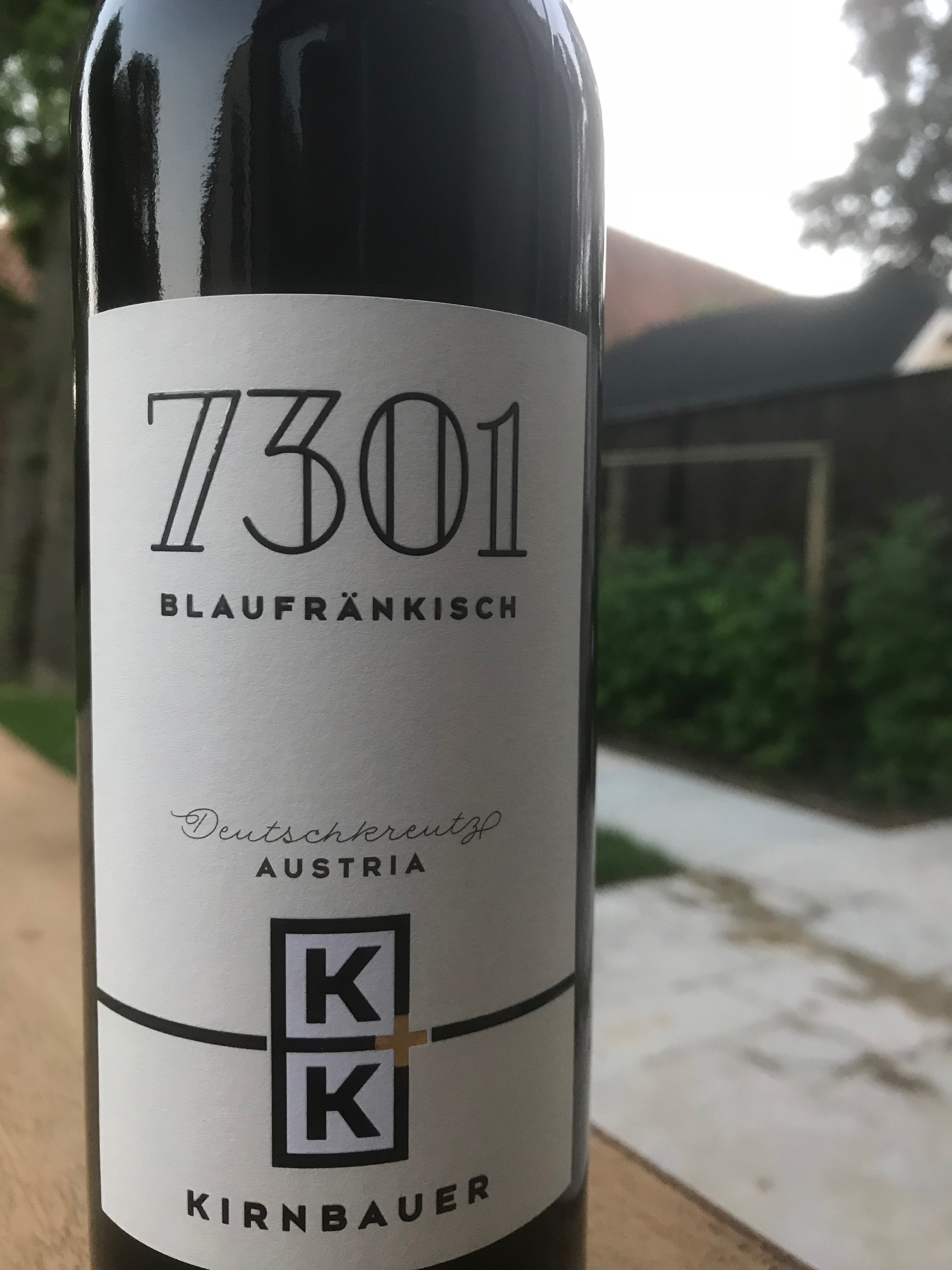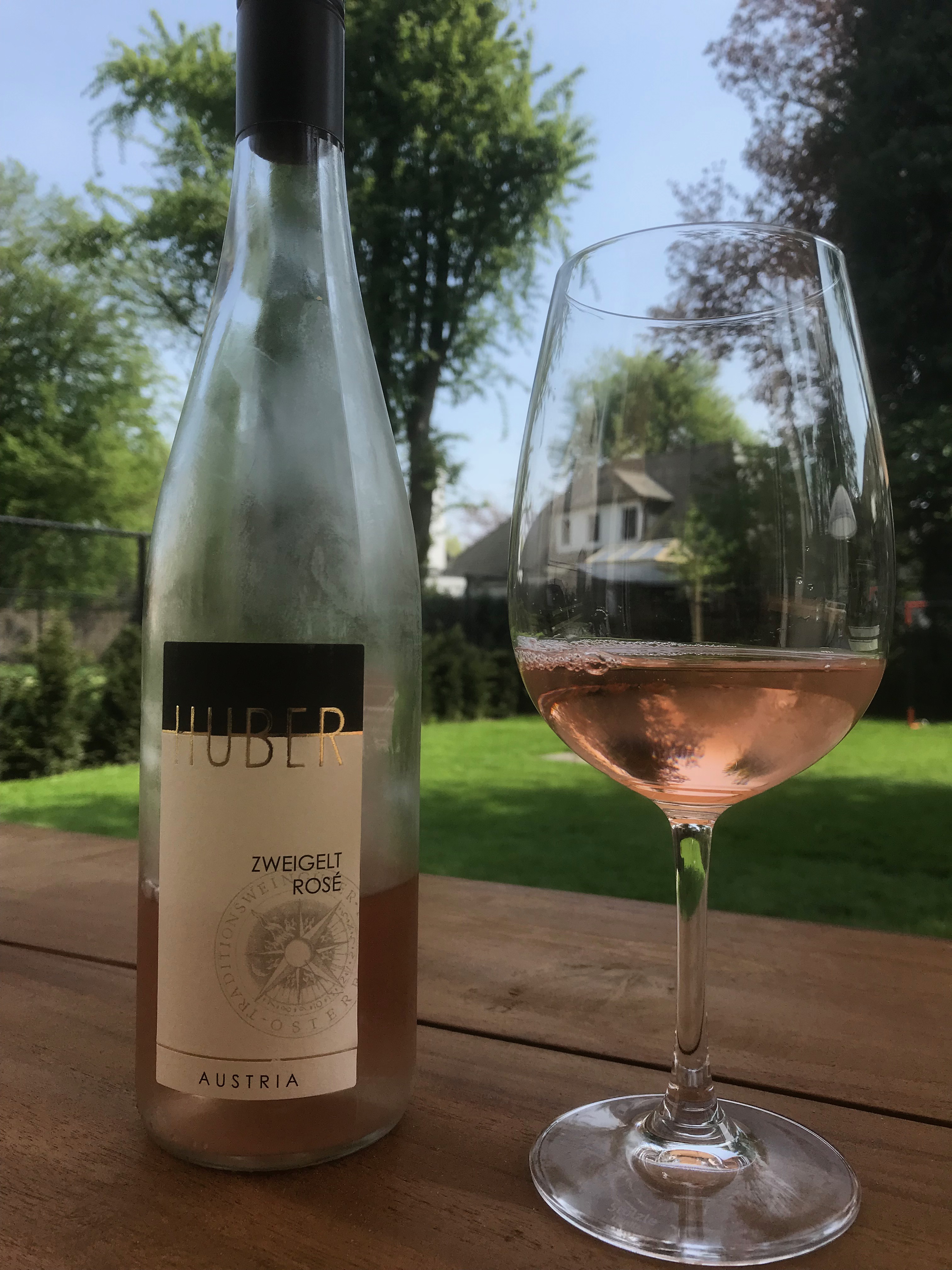The red wines of Valpolicella, Italy, are very diverse. From very light to more dense and even big and bold, not to forget sweet, Valpolicella has something to offer to almost every palate. And yet, when quality is considered, most people turn to Amarone della Valpolicella, the famous wines made of partly dried grapes, and to Valpolicella Ripasso, often called “baby Amarone”, made of “basic” Valpolicella and then put on the lees of the Amarone in order to give more body and concentration. The production of Ripasso has exceeded the production of normal Valpolicella already by 50%. And that while Ripasso only got formal DOC recognition 10 years ago.
It is easy to understand why : these big and bold wines, especially the Amarones, boast high alcohol levels, full body, and sturdy tannins and have a slightly sweet undertone. This is a style that appears to be very popular in Asia, and despite signs that the market there may be slowing down somewhat, the global demand for Amarone and Ripasso keeps going strong, boosting the production, and consequently, the planting of new vineyards. According to data of the Consorzio Valpolicella, the number of hectares in Valpolicella has been rising ever since 1997 from 4902 ha to 7596 ha in 2015.
The popularity of Amarone and Ripasso has cast a shadow on the lighter Valpolicellas in a way that enthusiasts of elegant, fresh and juicy wines rarely consider Valpolicella. The reputation that some may still know of Valpolicella as a cheap pizza wine does not particularly help either. That is why this article is a hommage to those unashamedly light and juicy Valpolicellas and the more concentrated and even complex Valpolicellas Superiore that would surprise many, if given a chance. That other side of planet Valpolicella is translucent red and totally worth being explored.

The bright side of planet Valpolicella
Valpolicella (Classico)
“Basic” Valpolicella (Classico if made in the Classico heartland) could hardly be more different than Amarone. It boasts fragrant, fresh red fruit, redcurrant, strawberries, cherries, and often has a slight herbaceous touch as well as a bit of pepper here and there. These wines are the epitome of Spring and Summer. The freshly cut red fruit of a Valpolicella deserves a slight chill to emphasize the vibrant acidity, as it is the main element to give texture. Tannins rarely make a meaningful appearance here.
Valpolicella sometimes gets cited amongst wines that are compared to Pinot Noir. That comparison probably stems from the fact that Valpolicella is light, tranparent, fresh and boasts red fruit. Despite those similarities there are very few of the list of wines below that actually echo Burgundian Pinot Noir. If a comparison is needed, Beaujolais is a more apt one. While comparisons with Pinot Noir are well intentioned, they also create expectations that Valpolicella cannot and should not live up to. If Pinot Noir is about complex layers of aromas, depth and length, then Valpolicella is all about delving right into it and indulging in the fresh fruit that bursts out of the glass. If Pinot Noir was a rose, then Valpolicella would be a daffodil.
Valpolicella (Classico) Superiore
Valpolicella and Valpolicella Superiore are often considered as one style. While the DOC regulations do not impose big differences, in practice the Superiores tend to be a bit fuller and more concentrated. It is also in the Superiore category that you can find wines with real ambition. In the list of recommended wines below, the Superiores of Marion and Roccolo Grassi are good examples of wines that are absolutely unfit for the “fun wine” label that Valpolicella often gets. So the tiered system of Valpolicella really makes sense.
There where Valpolicella is made either with fresh grapes or with grapes that were dried for a week or so, the Superiores sometimes already undergo a few weeks of drying to concentrate the juice. Also wood aging is not uncommon at the Superiore level. As is often the case, many of these choices depend on the winery and the style of wine they wish to make. One thing that is sure, however, is that the comparison with Pinot Noir no longer goes here. While the comparison with Beaujolais still holds for some of the Superiores, others will be more complex and structured. Again others will echo some of the characteristics of an Amarone, boasting maraschino cherries and a warmer mouthfeel. The variety amongst the Superiores is rather big, but they will invariably be fuller and more concentrated than the normal Valpolicellas. That may sound evident, but in many wine regions “Superiore”, or “Supérieur” in France, does not necessarily mean much in terms of taste or style.
Below you will find a list of recommended wines. The ones with the title in red are particularly worth looking out for.
Valpolicella (Classico)
Valpolicella Classico 2017, Montecariano
Very light color. The nose has the whole range of red fruit on offer with redcurrant, raspberries and red cherries. This wine did not age on wood, but there is a certain smokiness that adds complexity. Also the fruit is layered from fresh to ripe, creating depth. This is really lovely. While most of the Valpolicellas in this list are attractive, this one is more than that, it is complex.
On the palate it has more volume than you would expect based on the nose. There is good, refreshing acidity here and the tannins are kept in the background. This juice is really enjoyable.

Rêverie 2017, Valpolicella, Zymè
Slightly lactic upon opening, but this blows off fast. There’s loads of ripe cherries and some raspberry as well. Not the most complex nose, but the fruit is very attractive and inviting.
The ripe/fresh contrast makes this wine very playful and exciting. Again a Valpolicella with an extremely light color, but don’t let this fool you, as there is good substance here. Only 12% alcohol by the way. Slight bitterness in the end.
This is the kind of wine that makes a creamy Camembert sandwich a feast!

Valpolicella Classico 2018, Bonacosta
Slightly lactic just after opening. The wine needs a bit to open up, but after a short while you are treated to floral aromas and even a whiff of raspberry. In the background there’s a bit of thyme as well.
This wine is very smooth and creamy, and full of fruit. It is perhaps a little fuller and rounder than some of the other Valpolicellas in this list, but the acidity makes this wine very digestible. Everything comes together very nicely already at this young age. No need to wait, this is instant pleasure. If you like Beaujolais, you will want to try this as well. And at 8,50€, this is a no-brainer.

Valpolicella Classico 2018, Rubinelli Vajol
The color gives away that this is not a blockbuster. If this Valpolicella were to stand next to a Tavel rosé, it would be difficult to tell them apart. A bit of reduction after opening, but this fades away with a couple of swirls. The dominant aroma is redcurrant but there is a nice green, herby touch here that spices things up in a way that nutmeg does with potato mash.
The wine is very fresh with frivolous red fruit and well integrated acidity. While tannins are normally very light or even absent in these light Valpolicellas, the powdery, but ripe tannins here give your taste buds a friendly pat on the back. Slightly chilled, this wine goes down dangerously fast. This is a such a fun and easy-drinking wine.
Valpolicella Classico 2018, Allegrini
Very fruit-forward nose with candied red fruit, but also violets and black pepper. In the same way as Bonacosta’s Valpolicella the style is very reminiscent of a Beaujolais.
The wine is kept very fresh with vibrant red fruit and a nice acidic lift. The tannins are ripe and well integrated. This is such a pleaser! Frivolous, light on its feet, and highly quaffable.

Ca’ Fiui 2017, Valpolicella, Corte Sant’Alda (biodynamic)
Fairly intense and rectilinear nose of sour cherries. This is not a wine that will keep you searching for all the different aromas, but the precision and finesse of the nose is attractive.
The acidity that was suggested in the nose manifests itself clearly on the palate and creates the backbone for the cherry fruit. While this wine is dangerously easy to drink, there is a more serious side to this wine. The substance suggests aging potential, which is rather unusual for this category of Valpolicellas. Would be nice to try again in a couple of years.
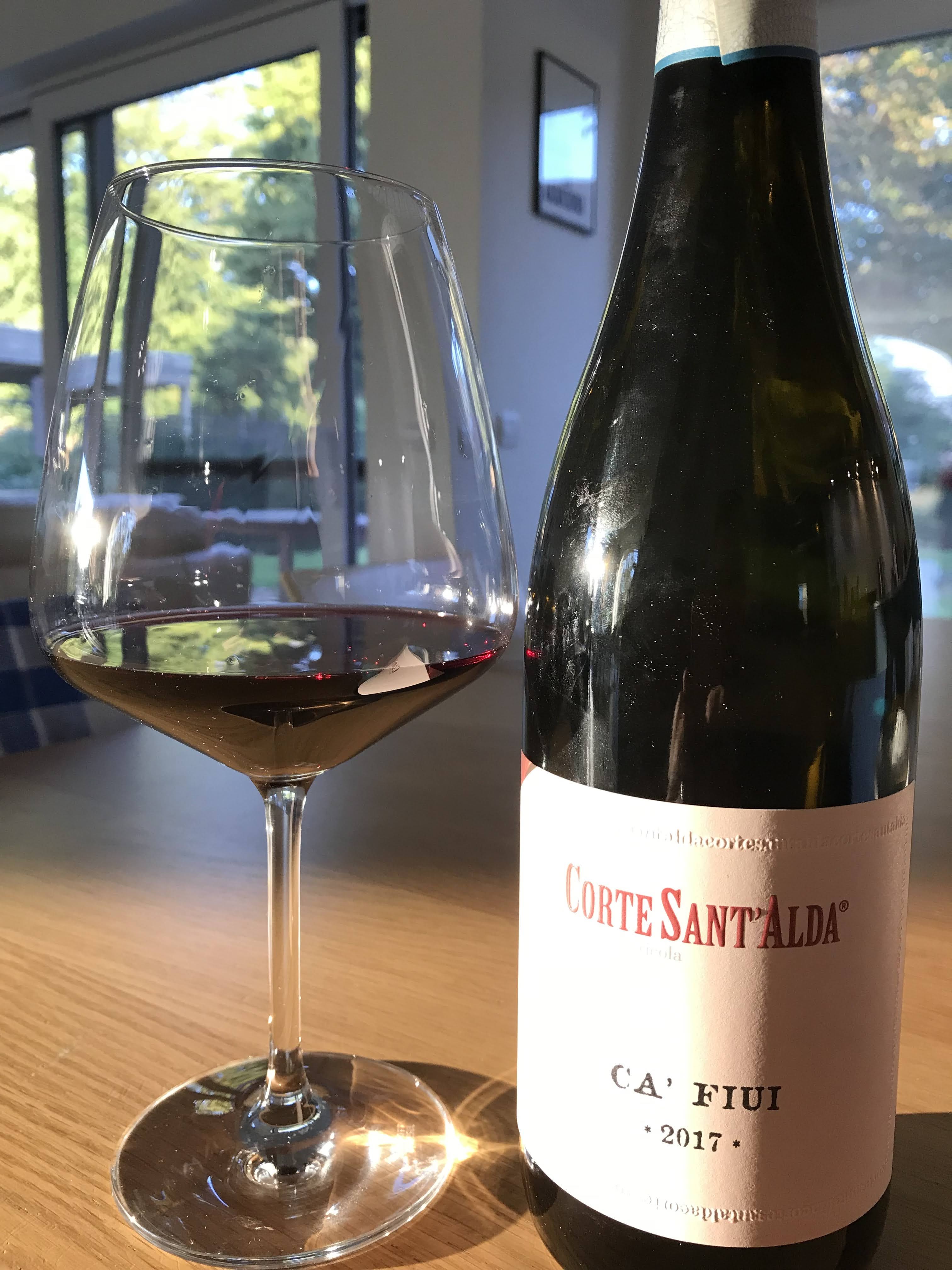
Valpolicella Classico 2016, Villa Spinosa
This is the odd one out. There where Valpolicella tends to boast red fruit, the Villa Spinosa had a very surprising nose with blackcurrant and even liquorice. There is some red fruit, but rather in the background, and a “wild” touch that’s hard to pin down. The hallmark acidity of Valpolicella contrasts nicely with the dark fruit. Tannins are hardly noticeable. Simple, but perfectly enjoyable with a selection of soft cheeses.

Novarè Corvina 2017, IGT Verona, Bertani
This is technically speaking not a Valpolicella as it is made exclusively of Corvina, while this grape is only allowed up to 95% of the blend (with a minimum of 45%). But in terms of style, it fits right in here with the rest. Red fruit and florality in the nose, and a lovely mineral undertone. This is very light, juicy and fresh, the tannins staying discretely in the background. Uncomplicated, but very enjoyable on a summer afternoon. Impossible to keep the glass full.

Valpolicella (Classico) Superiore
Valpolicella Superiore 2015, Marion
Very surprisingly rich wine, full of pepper, cinnamon, ginger, and also cherries and strawberries. The nose is complex and has enough to keep you sniffing for a while.
The wine is rich and juicy but does not lack freshness. The balance is just right and there’s good length as well. This is obviously a different register than the Valpolicellas described above. Unfortunately, also the price tag is from another level (available around 30€ in Europe). Given the quality of the wine, however, the price is defensible.

Verjago 2016, Valpolicella Superiore, Domini Veneti
Immediately after opening this is a real pleaser with cherries, a touch of wood, and fresh, red fruit. This is almost like a synthesis of Burgundy, Bordeaux, Loire and Northern Rhone. The fruit is ripe, but there is great tension in this wine, with a beautiful combination of creaminess and vibrant acidity. The wood influence decreases the longer the wine is in the glass, to make place for a whiff of minerality. There is a sense of restraint that contributes to the elegance of this wine. Also the fact that there is a certain degree of concentration that does not hinder the airiness is really exceptional. Especially considering the price tag (under 15€). You need to drink this to believe it.

Valpolicella Superiore 2014, Roccolo Grassi
Quite ambitious nose, with cedar wood reminiscent of a Bordeaux. Very dense and edgy tannins. Difficult to enjoy. On day two, however, a much more balanced picture with pepper, cherries, iron, and a hint of mint. On the palate there is also red fruit coming through, and in general the wine is nicely fresh and mildly structured with ripe tannins. The Bordeaux connection is not completely gone yet, but it’s on the Cabernet Franc side of things. Serious wine that still needs a few years to reach its peak, but its performance on day 2 makes it hard to be patient.

Valpolicella Classico Superiore 2015, Le Calendre
Ripe red fruit, thyme, and a whiff of leather. There’s considerable depth and complexity here. The fruit is ripe, but the acidity keeps it well in balance. There is clearly enough substance to cellar this wine for a couple more years, but there is no reason not to open this wine either. The style is somewhat reminiscent of the Valpolicella Superiore of Marion. Maybe without the wow-factor, but also without the price tag, as it is available at less than half the price.

Valpolicella Superiore 2015, La Bandina
From the first whiff it is clear that this is not a summer quaffer. Abundant dark cherry, accompanied by liquorice and leather. There is a nice smoky touch here and some pepper and clove in the background.
If the nose suggests an opulent wine, the first sip leaves no doubt that the contrary is true. The acidity is beautiful and is part of the picture that is constructed around a tight backbone of ripe tannins, the cherries being rather in the background. There’s a subtle touch of wood that adds to the attraction of this wine. Also no sign of the 14,5% alcohol. Still tight-knit, the wine will benefit from a few years of cellaring. But the wait will be rewarding.
Pruviniano 2017, Valpolicella Classico Superiore, Domini Veneti
Pure cherries and very high acidity just after opening. Half an hour later the wine has opened up nicely with a mineral undertone to the cherries. There’s also a bit of cinnamon and redcurrant in the background.
The start is very fresh with vibrant acidity, underlying minerality, and a hint of bell pepper, not unlike a Loire Cabernet Franc. The tannins are present but they are soft and mostly in the background. The salinity in the finish is really interesting and underscores the freshness of this wine. This is a rather subtle style of Superiore that makes you want to sniff your glass again and again. At just above 10€ (in Europe) this is an absolute steal.
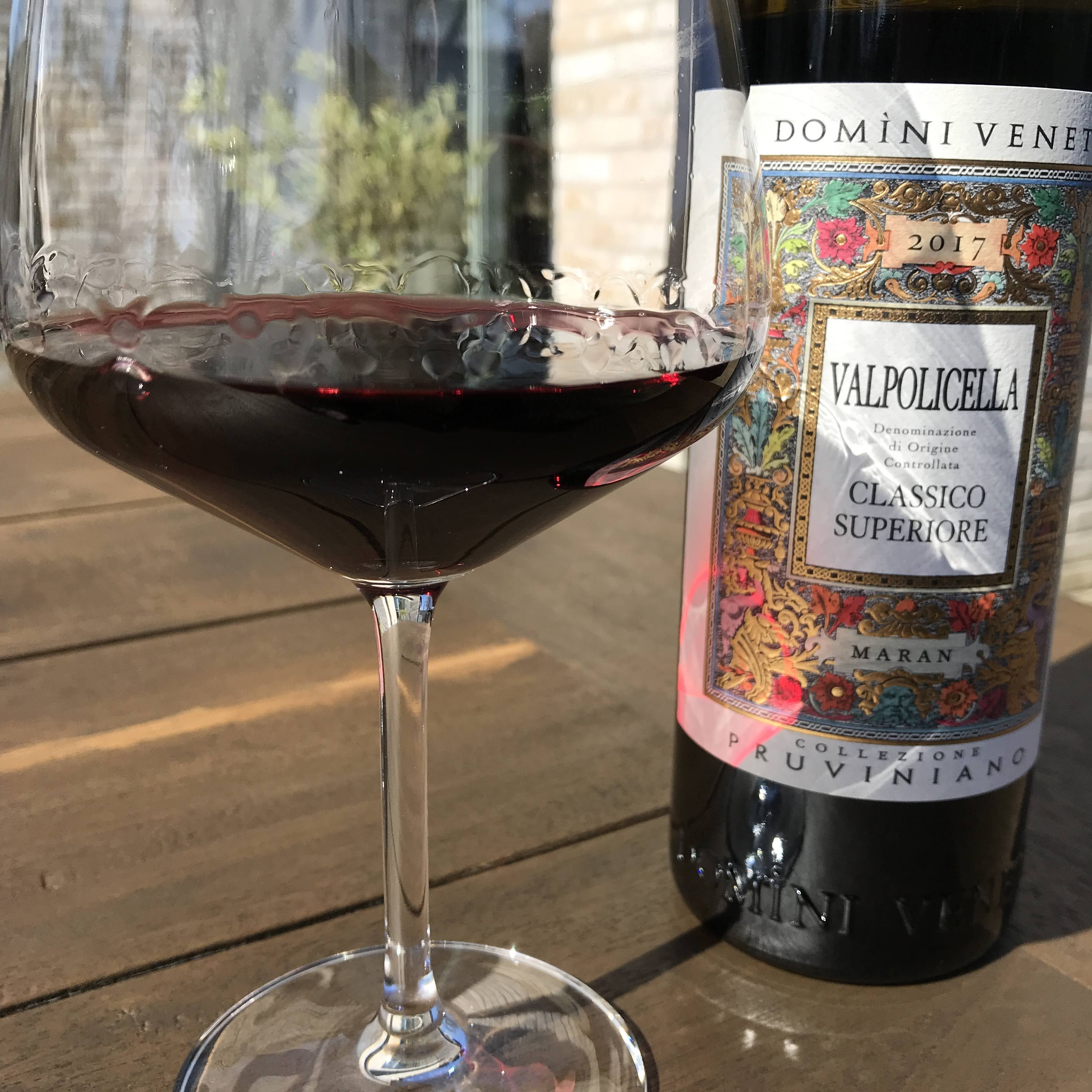

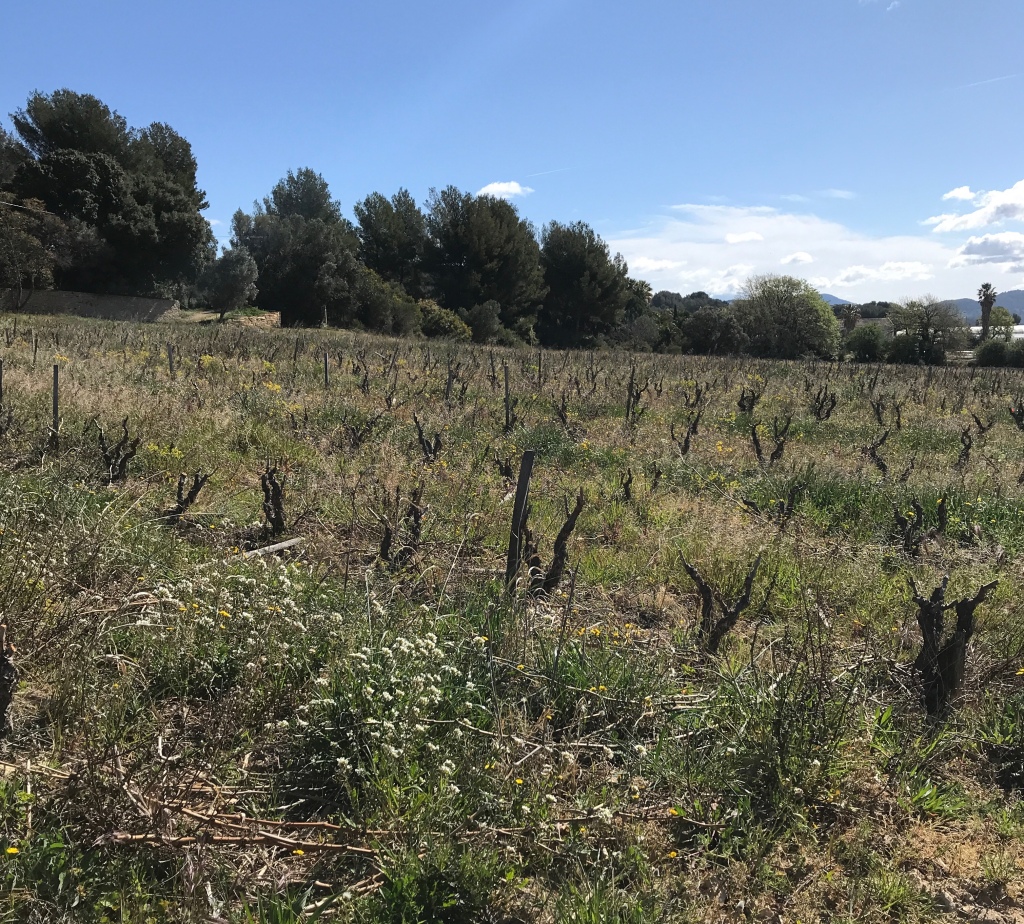
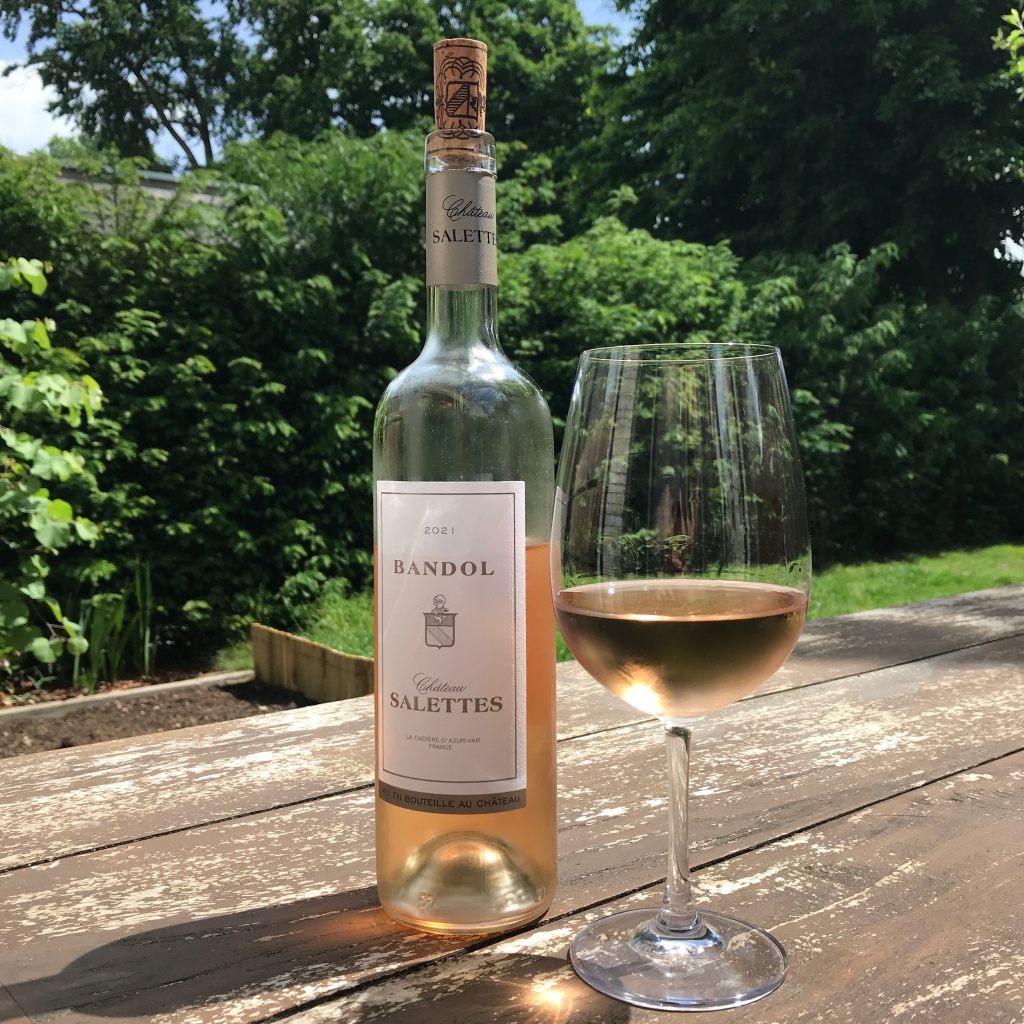
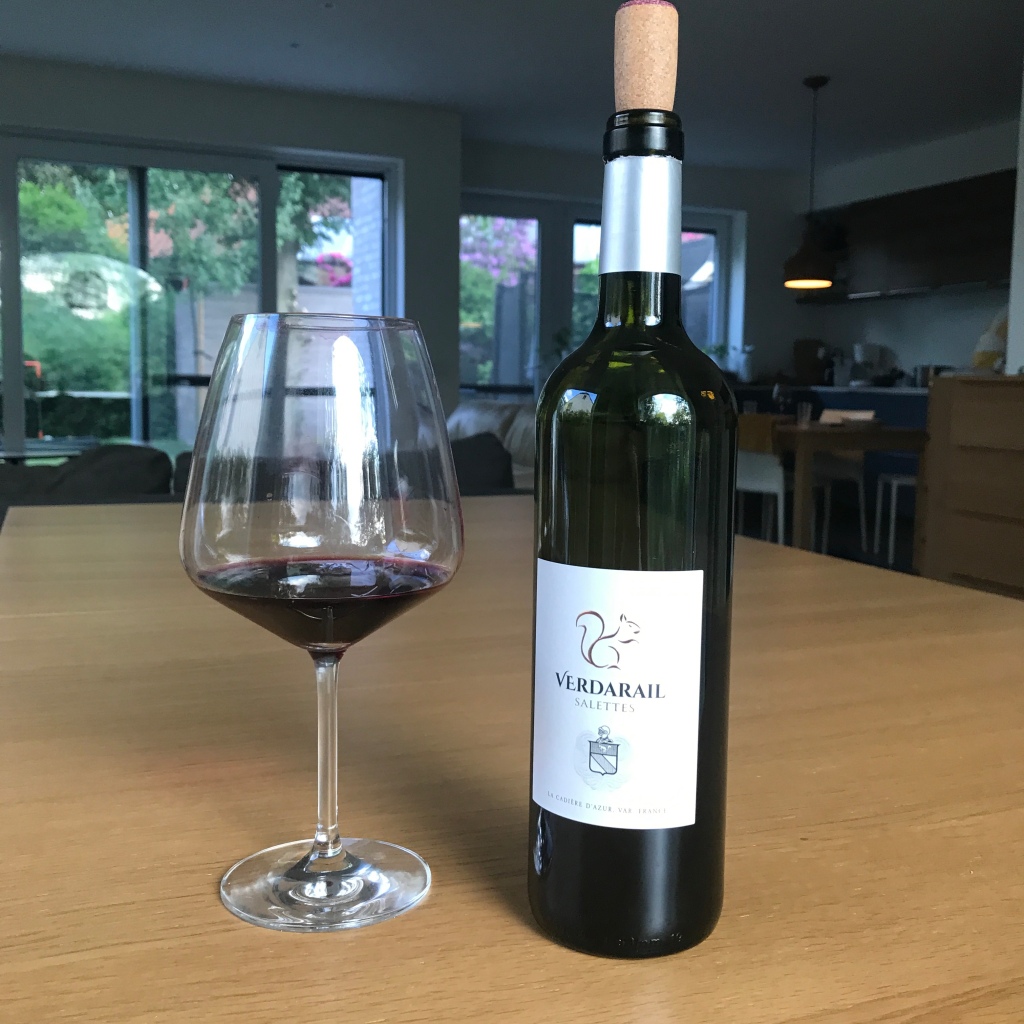
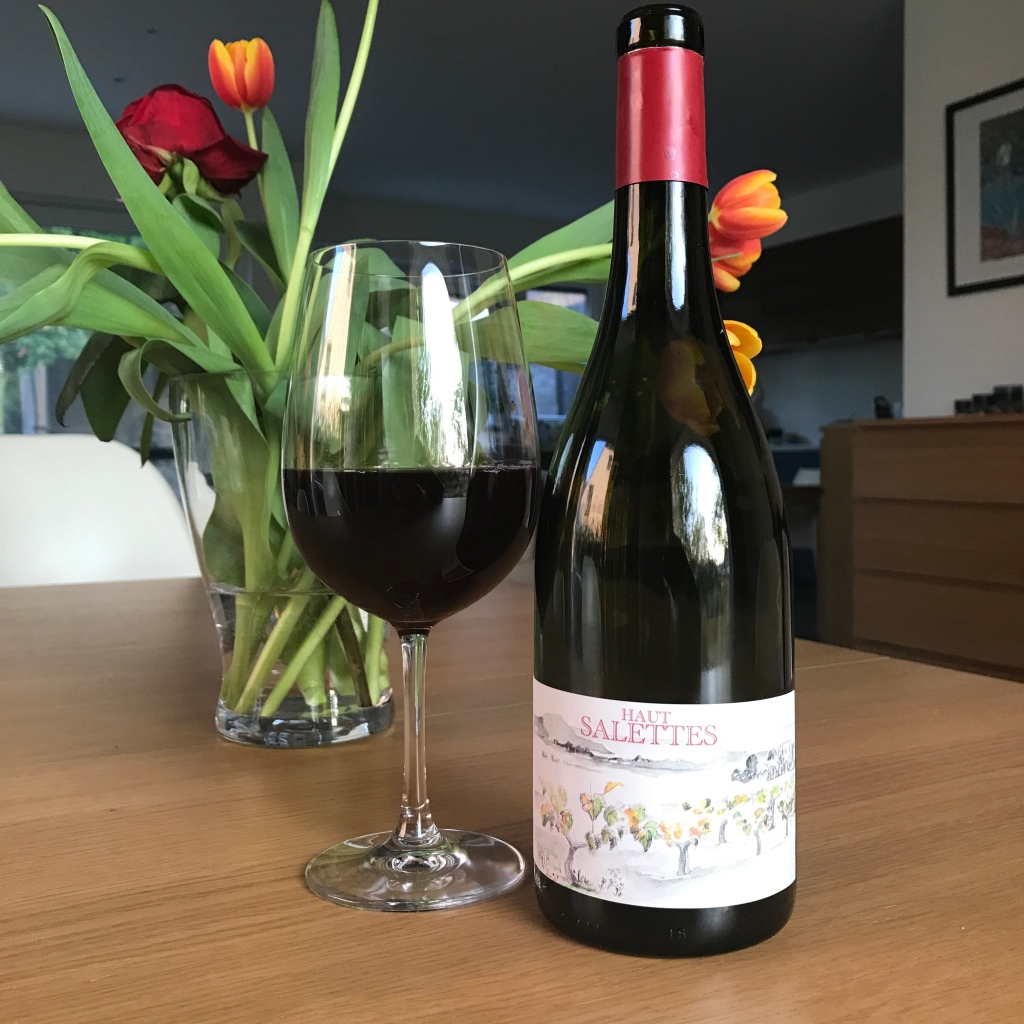
















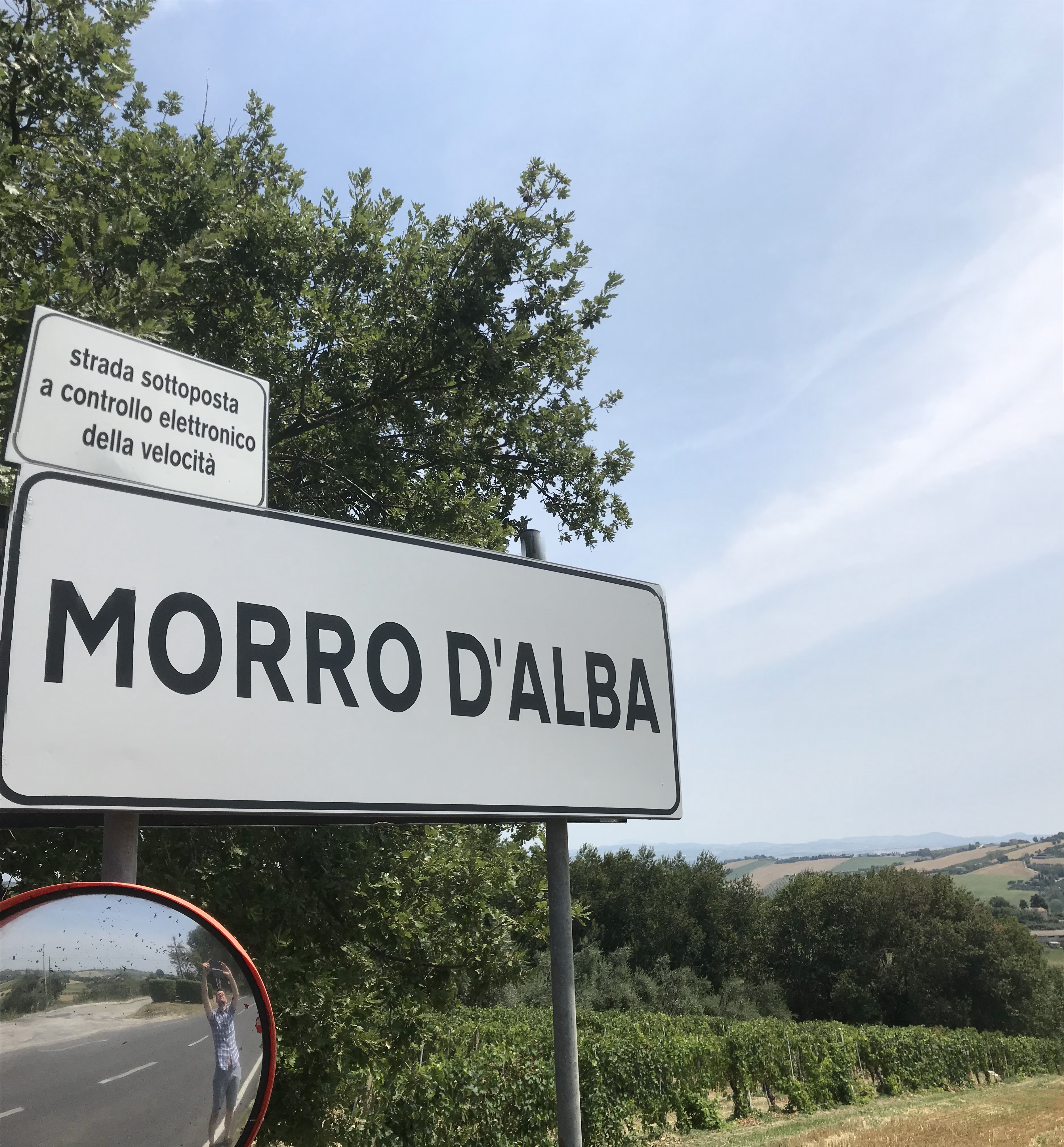



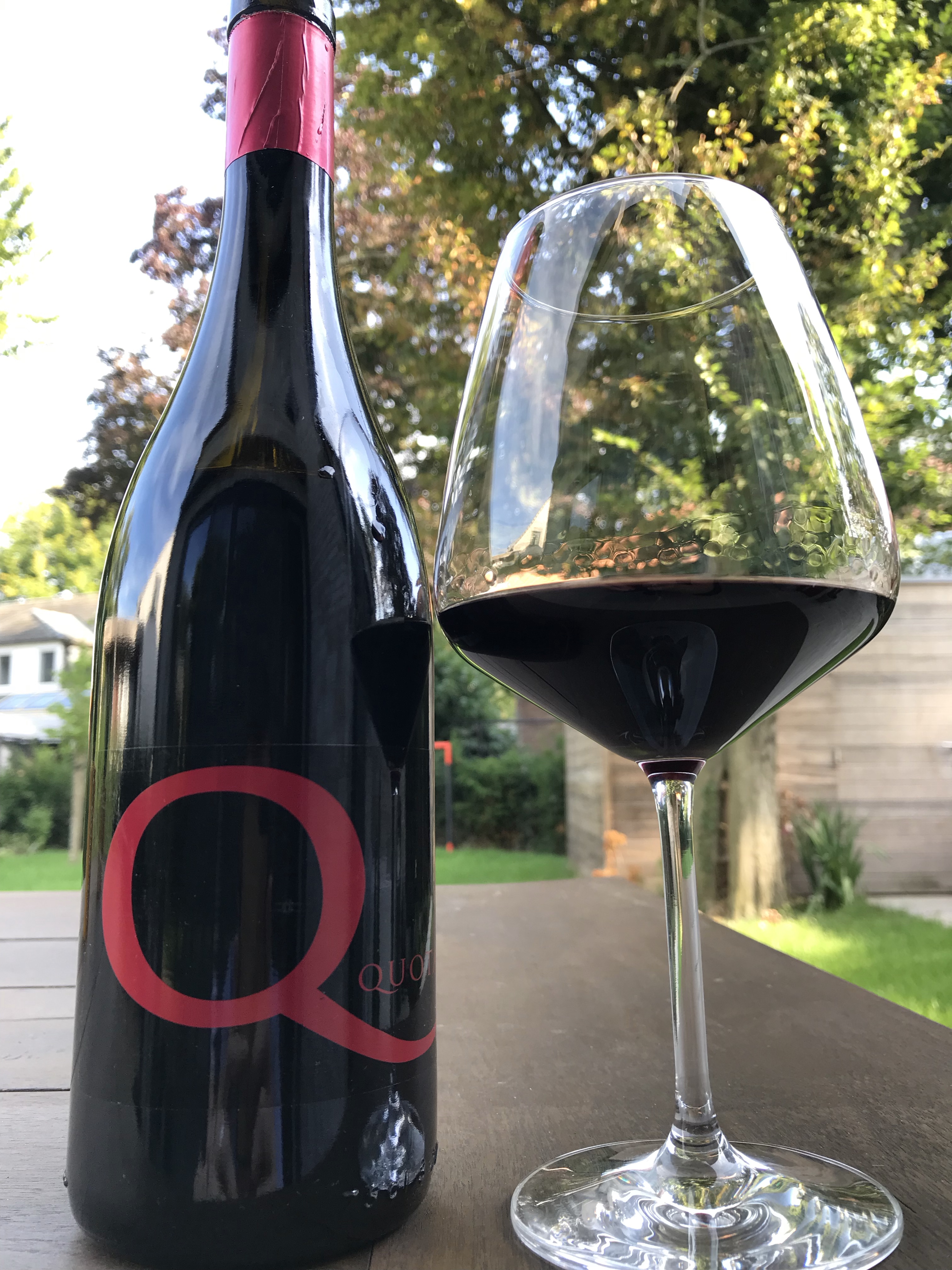













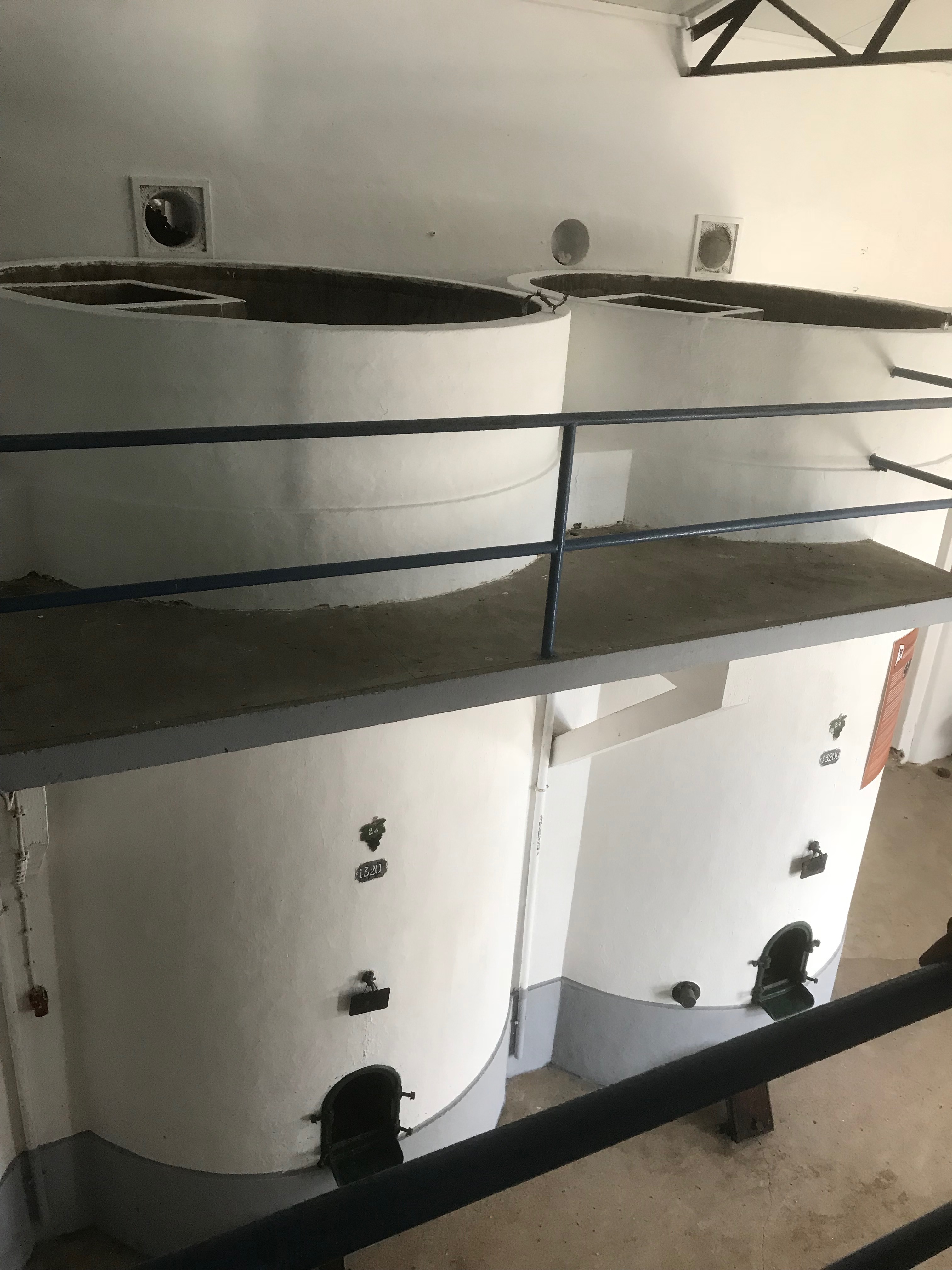
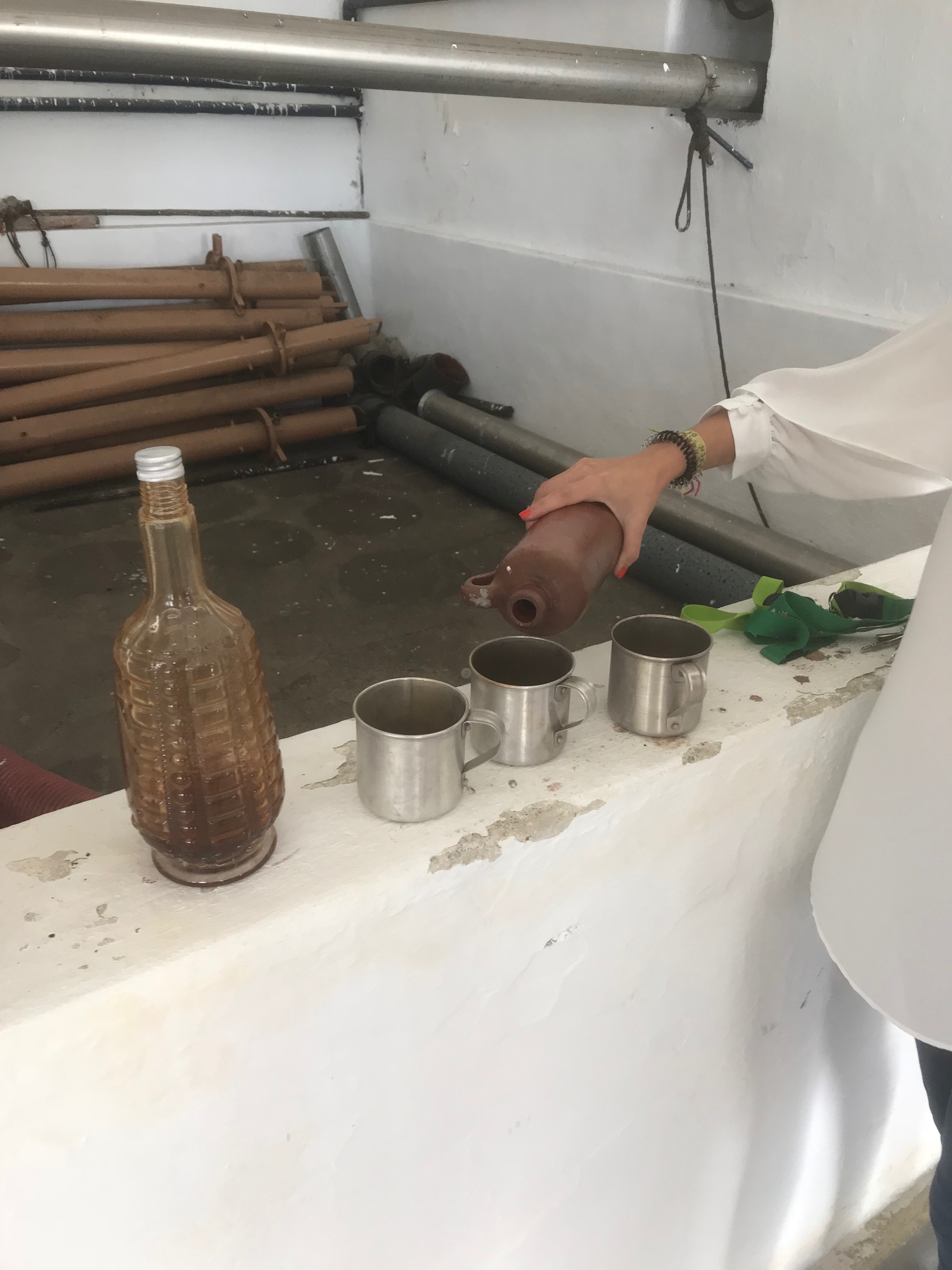









 This gewürztraminer comes from the Grand Cru Altenberg de Wolxheim. When Theo poured this wine, his tone became somewhat worried. He said : “Please, take your time to taste this wine, at least one full minute!” After he repeated this one or two times more, I was aware that this wine was a) very dear to him, b) not just a quaffer, and c) that he probably has his share of people who come to wine fairs to down as much as possible. He then said : “You should actually drink this wine in ten years time!”. He then repeated once more : “Really, take your time to taste this wine!”
This gewürztraminer comes from the Grand Cru Altenberg de Wolxheim. When Theo poured this wine, his tone became somewhat worried. He said : “Please, take your time to taste this wine, at least one full minute!” After he repeated this one or two times more, I was aware that this wine was a) very dear to him, b) not just a quaffer, and c) that he probably has his share of people who come to wine fairs to down as much as possible. He then said : “You should actually drink this wine in ten years time!”. He then repeated once more : “Really, take your time to taste this wine!”



